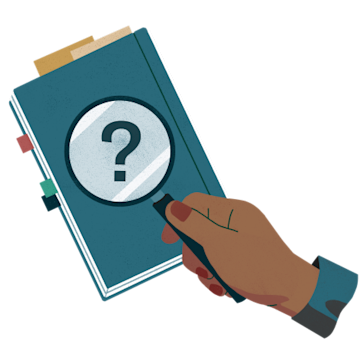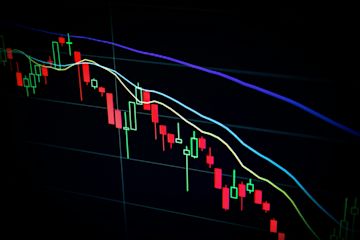
Stagflation: Understanding and Surviving Economic Stagnation with Inflation
Stagflation occurs when an economy experiences both stagnation (slow economic growth) and inflation (rising prices) simultaneously. This unusual economic phenomenon creates significant challenges for both policymakers and consumers.
Key Characteristics of Stagflation:
- Slowing economic growth or recession
- Rising unemployment rates
- Persistent inflation
- Reduced productivity
- Declining consumer purchasing power
Economic Impact:
- Decreased production across various sectors
- Reduced consumer spending
- Higher operational costs for businesses
- Price increases across products and services
- Lower standard of living for many people

Hand holding book with question mark
How to Combat Stagflation:
Government and Central Bank Actions:
- Implementing strategic interest rate adjustments
- Reducing financial burden on businesses
- Creating policies to maintain employment levels
- Balancing inflation control with economic growth
Personal Financial Strategies:
- Investing in inflation-resistant assets (stocks of strong companies, gold, real estate)
- Reducing non-essential expenses
- Monitoring and adjusting to price changes
- Building emergency savings
- Diversifying investment portfolio
Historical Example: The 1970s oil crisis represents a notable period of stagflation, particularly affecting countries like Spain. This period demonstrated how external shocks can trigger both economic stagnation and inflation simultaneously.

Hand holding N26 Mastercard

Plant growing in golden pot

Woman checking phone outdoors

Stock graphic with red candles

Plant growing in golden pot

Woman checking phone outdoors

Stock graphic with red candles